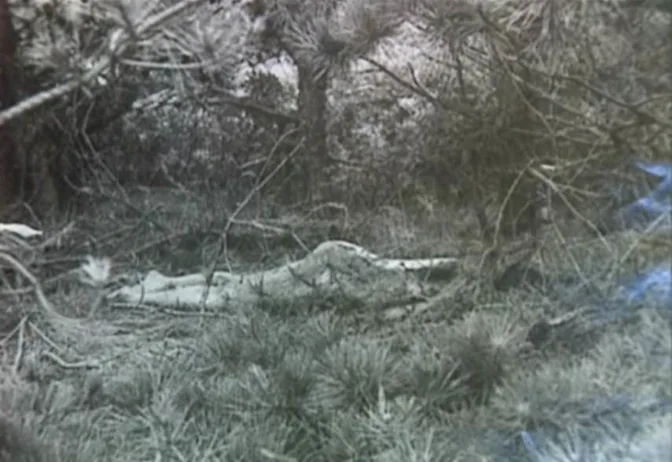
'Lady of the Dunes' Murder Case Ends After Decades of Mystery
For decades, the unsolved mystery of the "Lady of the Dunes" haunted Provincetown, Massachusetts, and captivated the minds of true-crime enthusiasts and investigators alike. Ruth Marie Terry, known only as the "Lady of the Dunes" after her brutal murder in 1974, lay unidentified and forgotten in a cold case file, her story silenced by time and mystery. Now, nearly 50 years later, authorities have officially closed her case, identifying her killer as her husband, Guy Rockwell Muldavin. This article explores the chilling events that led to the end of this infamous cold case, bringing Ruth's story to light and granting her long-awaited justice.
The Discovery in the Dunes
On July 26, 1974, a young girl stumbled upon a haunting scene in the dunes of Provincetown's Race Point Beach. There, a woman's body lay abandoned on a beach blanket, her hands severed, likely to prevent identification through fingerprints, her head nearly decapitated, and the left side of her skull crushed. These brutal injuries pointed to a violent death, one that would baffle investigators for decades. The authorities found no identification, and without advances in DNA technology, the body would remain a "Jane Doe" for the next 50 years, dubbed the "Lady of the Dunes."
 "Lady of the Dunes" body. Photo by Provincetown Police Department. Public domain.
"Lady of the Dunes" body. Photo by Provincetown Police Department. Public domain.
Years of Speculation and Frustration
Despite the mystery, authorities never gave up on the case. Over the years, they attempted everything, from facial reconstruction to exhuming her remains, but each method ended in a frustrating dead end. Ruth's face became one of the most recognized unidentified victim profiles in Massachusetts, but her identity remained elusive until 2022, when a breakthrough in investigative genealogy finally linked her to her true name: Ruth Marie Terry. It was a long-awaited victory that gave her family, who had believed her simply missing, a sense of resolution — and yet another question lingered: Who killed her?
Marriage to a Serial Suspect
Ruth's story took an even darker turn with the identification of her husband, Guy Rockwell Muldavin, as her killer. A complex and suspicious figure, Muldavin had a history marred by the disappearance of his second wife and her daughter years before Ruth's murder. His connection to Ruth's death soon became clear when police learned that he had returned from their honeymoon alone, giving conflicting accounts to Ruth's family about her whereabouts.
A man with various aliases and a background that spanned the arts, antiques, and even international living, Muldavin managed to evade suspicion for many years. Yet, with Ruth's identification, he now became the center of a closed investigation, tying together years of cold case mystery and suspicion. Though he passed away in 2002, the evidence now pointed to him as the sole culprit in Ruth's death.
Justice Through Modern Forensics
The breakthrough in identifying Ruth's remains came through a modern technique known as investigative genealogy. This process involves cross-referencing DNA with historical genealogical data, a powerful tool that has become a game-changer in forensic science. With this technology, investigators matched a portion of Ruth's jawbone to living relatives, confirming her identity after decades of uncertainty. For Ruth's family, this revelation was bittersweet — they had mourned her absence for years but now could grieve with closure.
Closing a Chapter on a Chilling Mystery
With her identity and the identity of her killer finally uncovered, Ruth Marie Terry's case was officially closed. Authorities issued a statement concluding Muldavin's guilt based on investigative findings that implicated him in the murder. This resolution marked a significant victory for cold case detectives and forensic science alike, demonstrating the power of modern techniques to solve even the oldest of mysteries.
Reflecting on Ruth's Legacy
Ruth Marie Terry's tragic story resonates as a reminder of lives lost to violence and the resilience of those who seek justice for the voiceless. As her story fades from the headlines, it leaves a legacy that underscores the importance of advancements in forensic science, and it serves as a beacon of hope for families still waiting for answers.
References: Killer of Cape Cod's 'Lady of the Dunes' identified 50 years after murder | 'Lady of the Dunes' Cold Case Closed as Authorities Identify Woman's Husband as the Killer | What happened to Cape Cod's 'Lady of the Dunes'? Case closed, DA says. The husband did it























